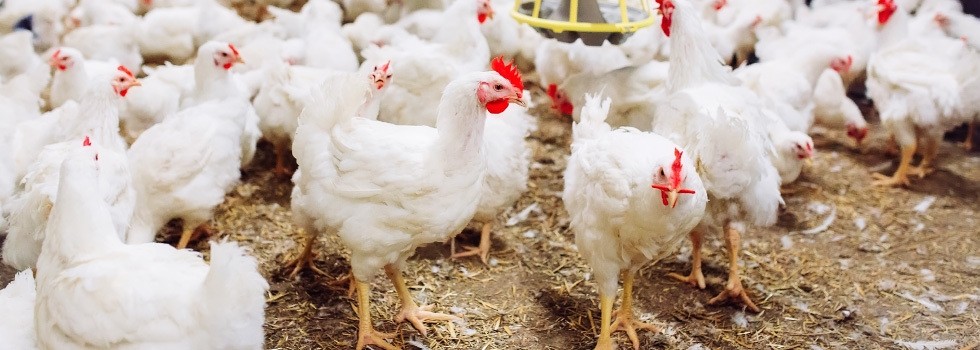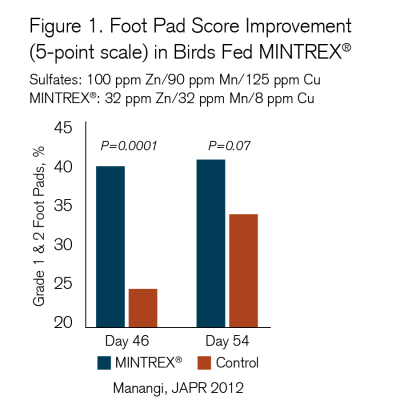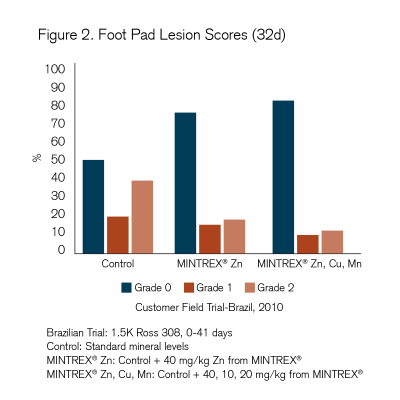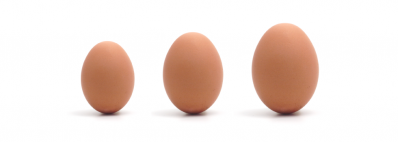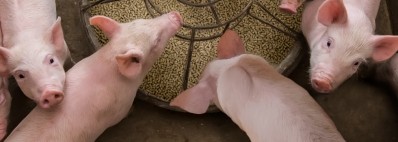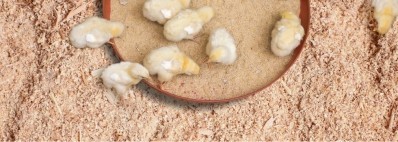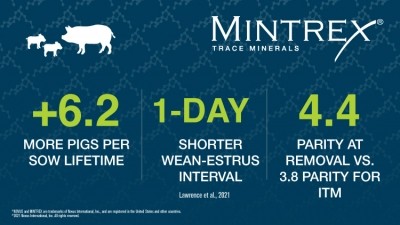Promotional Features
The path to stronger footpads
The path to stronger footpads
Bob Buresh, executive technical sales manager, Novus International, Inc.
Broilers are grown in a highly controlled environment that has been developed over many years to promote optimal and efficient growth while ensuring animal well-being.
Even so, one of the most prevalent issues in broiler production is footpad dermatitis. This condition is characterized by the appearance of lesions on the bird’s footpads. The lesions can appear early in the brooding phase and are exacerbated as the bird grows.
The economic loss to producers and processors experiencing elevated levels of footpad dermatitis can be significant, particularly during times of elevated paw sales prices, primarily for export.
Additionally, the evaluation of footpad quality has been accepted as one of the key factors when broiler flocks in the field have their well-being assessed in welfare audit situations. Elevated levels of footpad dermatitis can have a significant negative impact on these assessments.
While broiler house management conditions are often considered the primary cause for the condition, nutritional interventions have shown promise in managing it. Often, footpad issues are due to disruptions in tissue integrity. Key trace minerals zinc, copper, and manganese play a significant role in establishing this fundamental tissue structure (Richards et al., 2010). These three trace minerals, if provided at the optimal level using a highly bioavailable source, contribute to the formation of collagen, the structural protein that serves as the foundation for ideal tissue development and integrity.
Since its initial development, the inclusion of MINTREX bis-chelated trace minerals has been shown to improve footpad lesion scores, the typical measurement for this condition (Manangi, JAPR 2012). As a bis-chelate of organic trace minerals and HMTBa (found in methionine source ALIMET feed supplement), MINTREX includes a high degree of protection to the mineral and provides stability in the digestive tract while minimizing reactions with antagonists in the gut. MINTREX bis-chelated trace minerals provide both increased mineral availability and a source of methionine activity in one product.
In a trial (Manangi, JAPR 2012), birds were fed diets containing either MINTREX using the REDUCE AND REPLACE program at a lower-than-typical inclusion rate or inorganic trace minerals at typical industry levels. At 46 and 54 days, the footpads on the birds were graded using a 1–5-point scale (with a grade of 1 being the highest quality foot pads and 5 the poorest).
The results show feeding MINTREX at reduced levels significantly increased the percentage of footpad grading at 1-2 (the highest quality) compared to feeding much higher levels of inorganic trace minerals.
In a customer trial (Novus Customer Field Trial-Brazil, 2010), birds were fed one of three diets: the control diet of inorganic trace minerals, a diet with additional MINTREX Zn (40 ppm), or a blend of MINTREX Zn, Cu and Mn (40-10-20 ppm). In this case, the footpads were graded at 32 days of age using a 0-2 scale (with a grade of 0 being the highest quality footpads and 2 the poorest). Results showed the birds fed MINTREX diets experienced significant improvements in footpad quality compared to those fed the inorganic trace mineral diets.
These improvements in footpad quality, attributed to the inclusion of MINTREX bis-chelated trace minerals in broiler diets, are shown to be significant and consistent. Not only does MINTREX positively impact the welfare of the broilers but can also provide a positive return on investment for those producers harvesting paws for sale and export.
